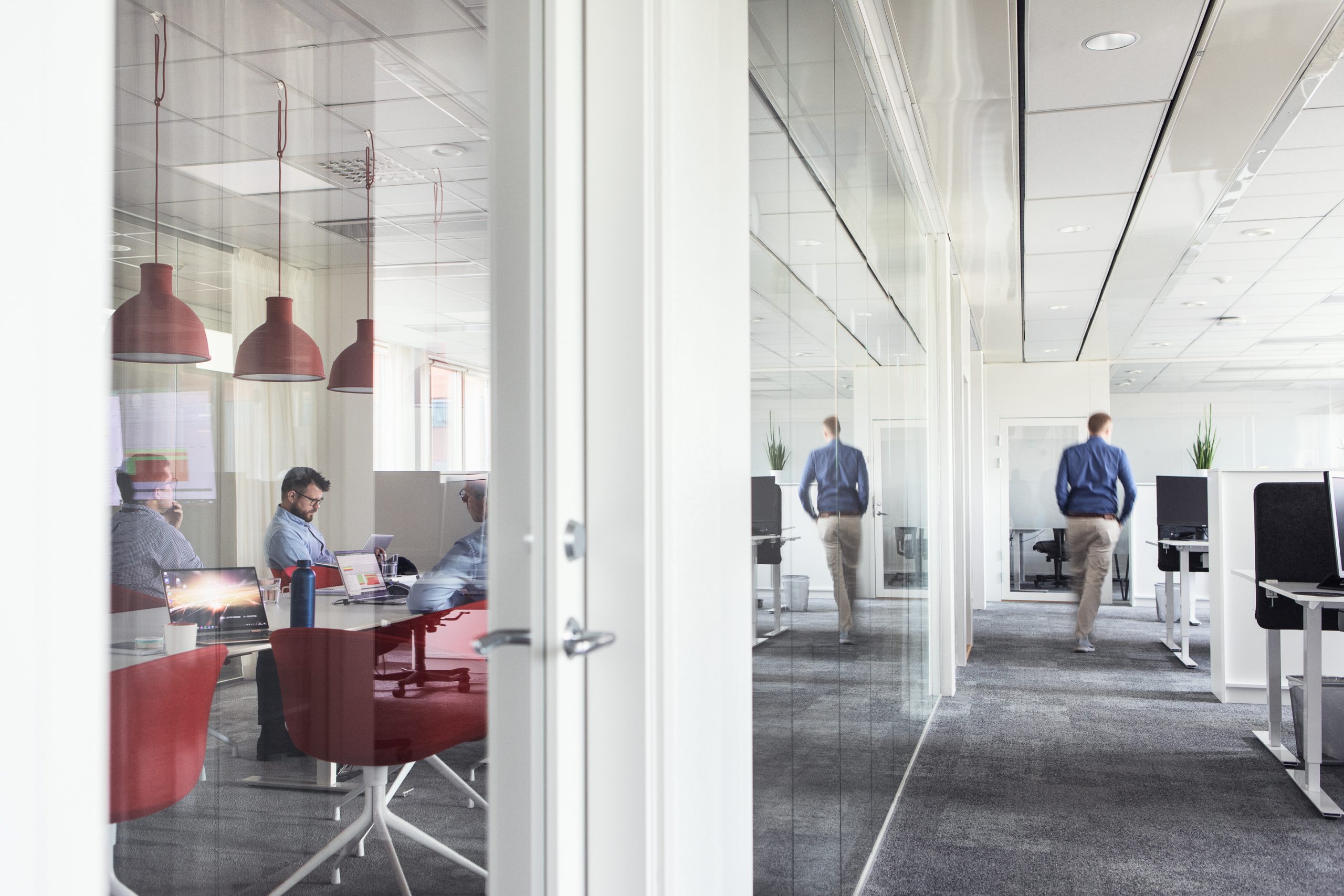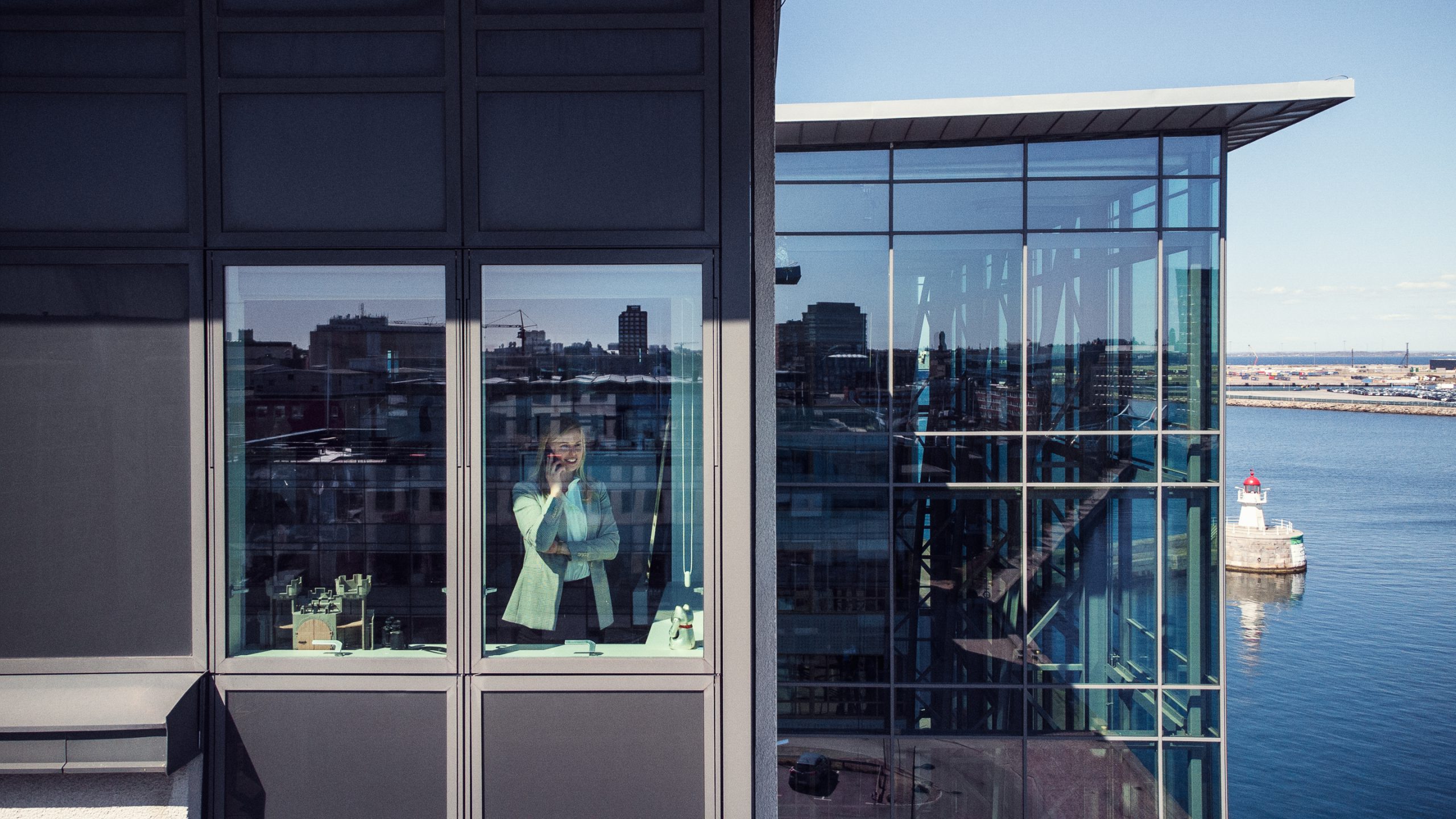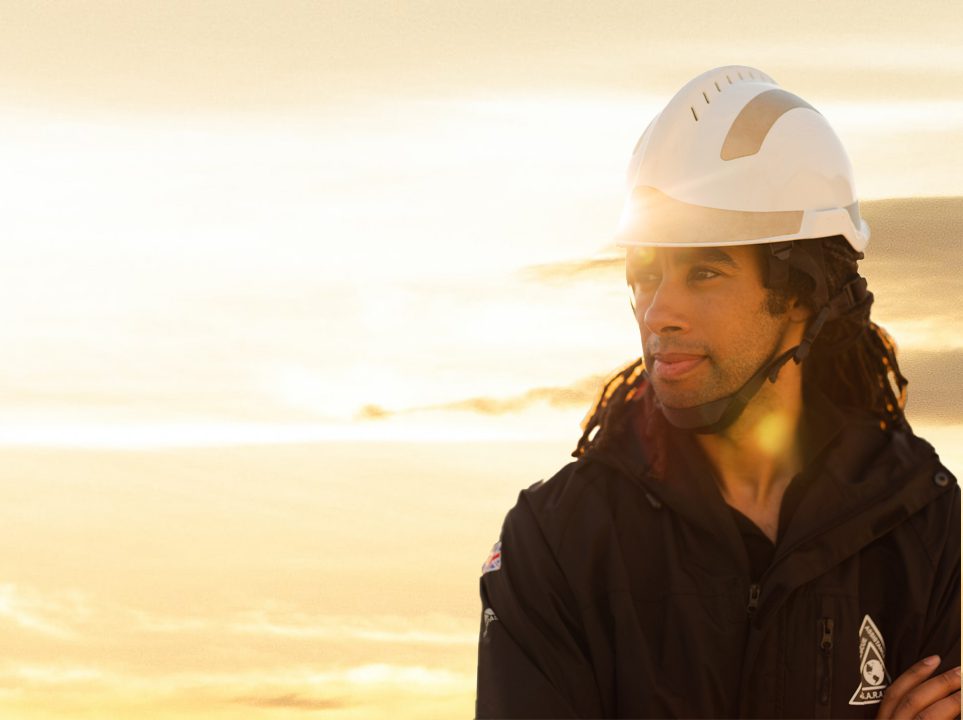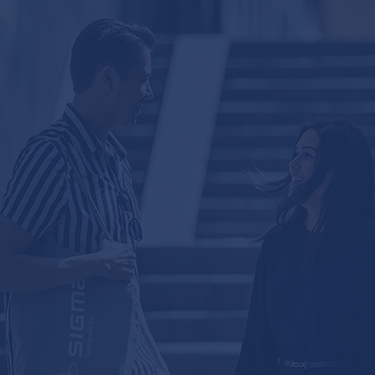Using data for a better tomorrow
Can we use data to make the transportation process more sustainable and smart? Yes! We have proved it with the project for SAS® Nordic Hackathon. According to the Transport Global Market Report 2020-30: Covid 19 Impact and Recovery, even though the market is experiencing an economic slowdown, the transportation & logistics market is expected to recover relatively fast and grow at a CAGR of 9% from 2021 and reach $7,500.8 billion in 2023.
This project is extremely important to us since it may significantly contribute to the UN Sustainable Development Goal #13, helping to mitigate climate change and decrease CO2 emissions. We do believe this case will become the inspiration for many EU companies in the transportation and logistics sectors to review the way they consume their resources and make each stage of their business process greener.
In this case study, the inspirator is El-Kretsen. Being a nonprofit organization acting as one of Sweden’s official systems for collecting electric and electronic equipment waste, EI-Kresten wanted to find the most efficient way to go greener at each stage of its process (transportation from a collection point up to the recycling center) and decrease their carbon footprint.
Challenges of the project
The bigger the challenge, the greater is opportunity. So far, it has been calculated that up to 3,500 tonnes of CO2 emissions are released annually during the transportation of e-waste. To minimize the footprint, EI-Kresten needed the right tools like route planning software. Until now, the biggest problem in the industry was manual transportation processes management. That’s why waste collection routes were not optimal, causing unwise fuel consumption and distance planning of the route from A to B points.
Our tech team at the SAS® Nordic Hackathon suggested developing a smart solution based on a route optimization algorithm. The solution was designed to build smart routes of e-waste transportation using real-time data about the readiness of collection points and predict route efficiency, as well as their impact on CO2 emissions.
Sigma Technology’s Role & Responsibility
The Sigma Technology team along with the Chalmers Industriteknik and El-Kretsen, has developed the idea of the route optimization application helping decrease all the manual processes and human intervention in route building. So full automation was the end goal of this event.
The technologies used for developing the route planning tool:
- SAS® Viya
- SAS® Visual Analytics
- Microsoft Azure
- Python open source
The developed solution was based on the Python open source libraries, and all of these were hosted in the MS Azure cloud to provide reliable application infrastructure and easy further management.













